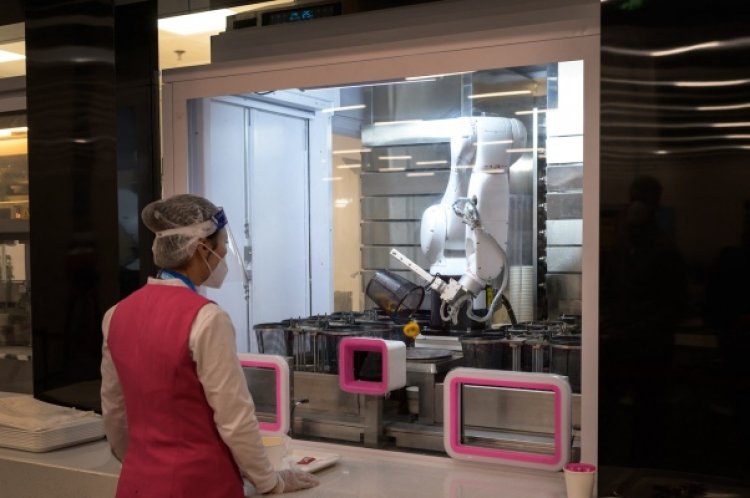To cool down China’s overheated robotics industry, go back to the basics
The price-to-earnings ratio is no longer applicable for many listed companies, and the market-to-sales ratio has also gone out the window.

It’s been a tumultuous few years, but China’s manufacturing industry is now on the rebound. Once an industry characterized by low-end manufacturing and intensive labor, it has transformed into a high-end manufacturing hub aided by technology.
Automation and robotics has the potential to modernize China’s manufacturing while improving labor efficiency and alleviating labor shortages. Predictably, companies and investors want to capitalize on this trend.
Robotics has been a hot sector for a while, but its popularity has shot up over the past couple of years. The sector recorded investments and financing of $6 billion in 2021, according to statistics from market research firms, and is expected to double in size in five years.
However, it’s unknown when these investments will provide a suitable return. Robotics is experiencing the biggest bubble in China’s venture capital industry, and is riddled with speculation and overvalued companies. Compared with similar investment bubbles over the last 10 years, this one is larger in scale, longer in duration, and could be more devastating than any before.
The price-to-earnings ratio is no longer applicable for many listed companies, and the market-to-sales ratio has also gone out the window. He Huang
However, the “bust” is entirely avoidable. Investors and companies need to go back to business basics and resist the industry’s typical impatience for exits on both sides of the negotiation table.
Understanding the market
With the influx of capital investment, we’re seeing a partial and cyclical overheating of the market in China. Many investors caught in this investment tide are replicating the software investment model, because many institutions that invested in Internet startups are also aggressively entering this field.
So what’s behind this surge? Everything from China’s government policy to the launch of the Science and Technology Innovation board, which has opened a convenient exit channel. Compounding the surge is the drive to upgrade China’s industrial structure.
It’s crucial, however, that investors do not apply software investment rules to industrial technology investments. For one, the investment to exit period is different. Investment in robotics and other industrial technologies is relatively long-term compared to internet companies. Internet companies can go public in three to five years after investment, but industrial technology firms are likely to take twice as long or more to go public.







